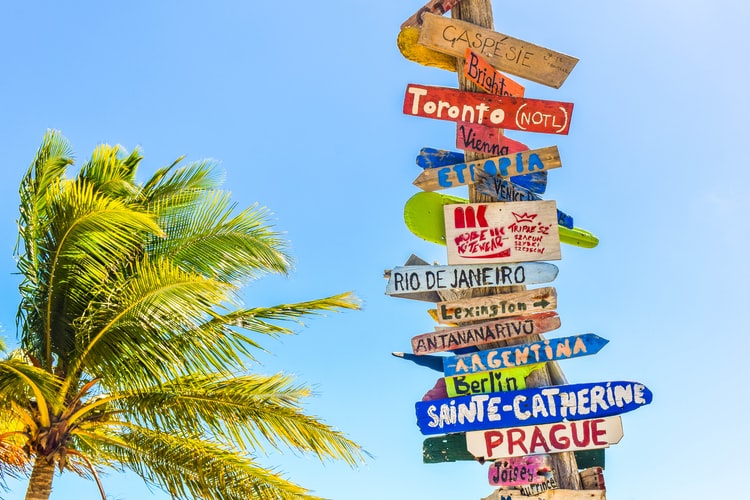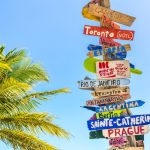Tourism marketing is different because the customer purchases a series of services. While marketing a tourism product, the sales or marketing person insists on the positive facets of the following four components −
Product
The tourism being a service sold to the customers, tourist experience is the product, which is intangible, and non-storable. The quality of the tourist experience as a product is directly proportional to the quality of the service a tourism business provides. The product must be designed to highlight its features and to satisfy the tourist’s needs. If the product is branded, the customers find it more reliable.
Price
Determining the price of the product requires consideration of three key factors −
● Operating costs − Operating costs include both fixed and variable costs. Fixed costs remain same regardless of the sales which involve building, insurance, and equipment costs. Variable costs include costs for wages, gas, electricity, cleaning, maintenance, repairing, materials used in production, office stationery, linen, food, petrol, machinery, uniforms, bank fees, marketing research expenses, and expenses for advertisements, promotions, brochures, and conducting consumer or trade events.
● Profit Margins − This is determined by comparing the competitors’ offers and the own product offers. Profit margins are set without compromising the competitive advantage.
● Commissions of Intermediaries − Working with intermediaries incurs commissions. Commissions are the fees paid to the intermediaries to distribute and sell your product.

Tourism Product Pricing Policies
Commonly followed pricing policies include −
● Discount Pricing − This strategy calls for reductions to a basic Price of product or services. It is a form of sales promotion which at times proves to be rewarding for the customers.
● Variable Pricing − pricing varies with respect to the variation in features of a product.
● Loss Leader Pricing − It is selling few products at prices lower than the actual prices. It helps to settle the loss by attracting customers to buy more number of products.
● Promotional Pricing − It is selling a product for free with another product with the objective of promoting the free product. Customer interest is generated to use the free product thereby increasing the sale.
Place
The place is where the tourists visit and stay. The potential of a tourist destination lies in its attractiveness or aesthetic value, accessibility, and the facilities it provides to the tourists. The tourists also seek a place highly for the activities it offers, the amenities and skilled workforce it provides, and its location.
Promotion
Promotion is intended to inform the customers about the products, create an image about the product, and position the products in the market. There are various effective ways of promoting the tourism products −
● Advertising the products on television commercials, newspapers, radio stations, and websites.
● Distributing promotional material such as diaries, brochures, keychains, wallets, purses, water bottles, pens, or any small gift item designed for promoting the product.
● Setting Point of Sale (POS) displays at various places such as retail stores, shops, malls, or petrol pumps.
● Promoting tourism products in local fairs.
● Promoting the products with their attractive features on the website of the tourism enterprise.
● Conducting programs of sponsorships, or promoting products by offering them as incentives.

